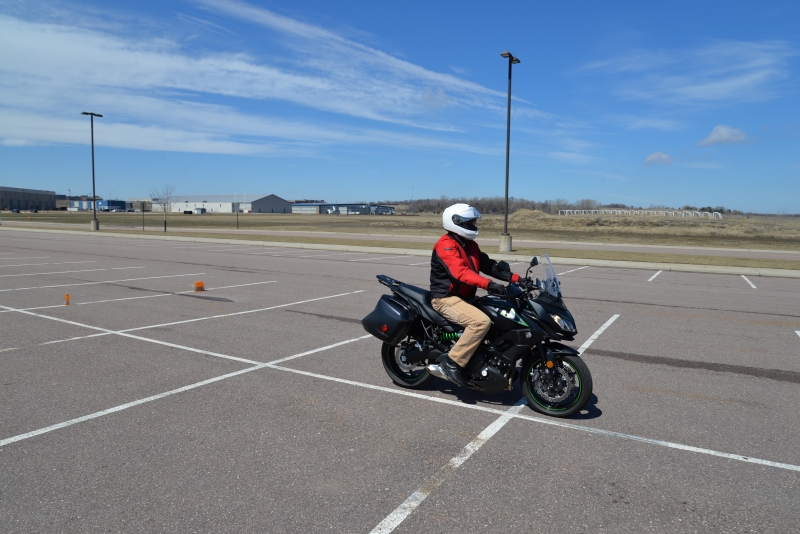More Issues
- August 2023
- July 2023
- June 2023
- May 2023
- April 2023
- March 2023
- February 2023
- January 2023
- December 2022
- November 2022
- October 2022
- September 2022
- August 2022
- July 2022
- June 2022
- May 2022
- April 2022
- March 2022
- February 2022
- January 2022
- December 2021
- November 2021
- October 2021
- September 2021
- August 2021
- July 2021
- June 2021
- May 2021
- April 2021
- March 2021
- February 2021
- January 2021
- December 2020
- November 2020
- October 2020
- September 2020
- August 2020
- July 2020
- May 2020
- April 2020
- March 2020
- February 2020
- January 2020
- December 2019
- November 2019
- October 2019
- September 2019
- August 2019
- July 2019
- June 2019
- April 2019
- March 2019
- February 2019
- January 2019
- December 2018
- November 2018
- October 2018
- September 2018
- August 2018
- July 2018
- June 2018
- May 2018
- April 2018
- March 2018
- February 2018
- January 2018
- August 2011
Spring Training Camp
Written By: Chad Gillen
Riding season is finally here and it’s time to get back in shape. Motorcycle riding skills are perishable and with long winters you can’t just jump right back into riding and be at the skill level you were last fall. So gear up for May as it s Motorcycle Safety Awareness month!
So what skills do you need to work on? Braking, Cornering, and Swerving. The biggest factor in single vehicle motorcycle accidents is improper braking. The second is failing to negotiate a curve. And the last is obstacle avoidance. Motorcycle crash studies such as the Hurt Report support this. It has been found that when you need to rely on these skills you usually have less than two seconds to react. Reactions to an immediate threat by the average rider is to either: brake, steer, or do nothing. And the average rider will probably brake incorrectly, or steer inadequately or incorrectly because they don’t refresh their skills.
How can you get your skills back up to par? The best option is to take a motorcycle safety class offered by your state sanctioned rider training organization. The Braking and Corner Clinic offered by the SD Safety Council is a good example. The cost is merely $60 and the time out of your day is only 6 hours. I know I have wasted more money and time on a lot worse things in my life. And remember your life is what we are talking about here.
The other option is to do some training yourself. But don’t just wing it and spend a measly 5 minutes in the parking lot and then ride off for the rest of the summer. Structure and guidance on how to properly exercise you and your bike is just keystrokes away. There are websites, DVDs, and even smartphone apps out there to help you be a better and safer rider. But if you want to go out right now and practice, here’s what I suggest. All you need besides your motorcycle and gear, is a good vacant parking lot with average 9-foot-wide perpendicular parking spaces, and some bottles of Gatorade that you can use as impromptu traffic cones.
BRAKING
Lay out a start cone (Gatorade bottle), and then 18 parking spaces away lay down a stop gate with 2 more cones about 4 feet apart. Leave a stopping area of at least 7 spaces. At the start cone start out smoothly, accelerate, and shift up to at least 2nd gear. Maintain a steady speed and when your front tire crosses the plane of the stop gate, come to a stop quickly and smoothly. Do this by squeezing the clutch, using both brakes, downshifting into 1st gear and putting only your left foot down at the stop. Think: “Squeeze Two (your hands), Press Two (your feet), Left Foot Down.” Practice this at 25 MPH at the very least. This is your typical residential speed limit. Do not stomp or grab your brakes. Use them firmly and progressively, easy at first and harder at the very end. Keep your head up, looking at the horizon until you are stopped. If you lock up your rear brake, keep it locked until stopped. If you lock up your front brake, immediately release and properly reapply. Keep practicing until you get consistent stopping distances and you are confident that you can properly do it anytime.
CORNERING
Retain the start and stop cones from before, but the stop cones will become your corner entry cones. Walk over to the opposite row of parking spaces to the left and the right of the entry cones and put down gates in line with them. They will be around 30 feet to the left and right of the corner entry gate. You will be making sweeping 180-degree turns into these gates. The technique you will be using is the “Slow, Look, Press, Roll” technique. At the start cone, accelerate and get into a higher gear to at least 25 MPH. SLOW by using both brakes just prior to your entry cones. LOOK as far through the turn as you possibly can, which means looking all the way over to the gate. Your chin should be at your shoulder. PRESS on the hand grip to initiate a lean. If you want to go right, you press on the right handgrip. The motorcycle will lean right and then turn right. ROLL on the throttle slightly about halfway through the turn to stabilize the bike and maintain speed that was lost from the friction of turning. Keep looking at the gate until you are through it. The motorcycle goes where the nose goes.
Keep practicing both left and right turns until your turns are one smooth arc all the way through and you are entering the gate straight and true. You are using the countersteering technique here, and anytime you are above 15 MPH you will be doing this. It seems counterintuitive to press right to go right, but that it is why it is called countersteering. Your body leans with the bike. It doesn’t lean away, and your body lean doesn’t initiate the turn. It's your press on the handlebars that does.
SWERVING
On this setup, turn the corner entry cones into a barrier, with open lanes on both sides. Three spaces prior to the barrier put down a 2-foot-wide gate centered on the barrier.
From the start cone, accelerate and upshift to at least 2nd gear getting to at least 25 MPH. As you approach the narrow gate, immediately look to your escape path. Left or right. Push on the handgrip that is the same direction as your intended path, and hold it there long enough until you think you will avoid the obstacle. Maintain throttle position and a steady speed. Allow the motorcycle to lean underneath you while keeping your body upright and still looking at your escape path. Maintain stability by keeping your knees against the gas tank and your feet on the foot pegs. Apply pressure to the opposite hand grip to straighten out the motorcycle and ride through the open escape lane. DO NOT apply brakes during a swerve. Doing so will cause your tires to lose traction and the motorcycle will go down. Don’t worry about pushing too hard on the hand grip; the faster you go, the more gyroscopic forces keep the bike rolling in a straight line –Newton’s First Law of Motion.
Practice these three things at least every spring if not monthly. Braking is important because as a motorcyclist you need to be able to burn off speed quickly to avoid bad situations. You don’t have engineered safety cage and airbags protecting you. Negotiating a curve properly means you’ll never have an incursion with a guard rail or gravel shoulder. When a motorcyclist crashes in a curve it is because they either forgot to Slow, Look, Press, or Roll. Being able to swerve quickly means that you’ll be able to miss the tube that blows out of the ski boat that is being towed in front of you on the highway.
Professional athletes are pros because they practice until perfection – even athletes in a recreational leagues practice. So you are only kidding yourself when you think you don’t need to practice. And if you’ve never taken a safety class, what are you waiting for? Now, go out and enjoy riding your inline two-wheeled motorized articulated vehicle.


